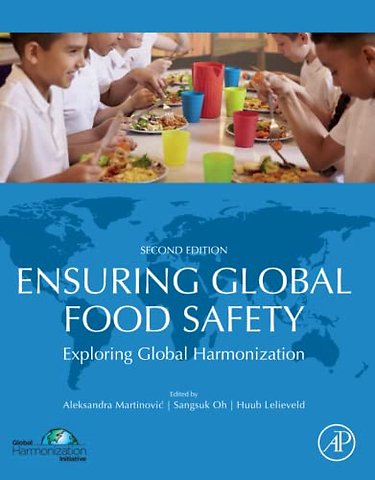Ensuring Global Food Safety
Exploring Global Harmonization
Samenvatting
Ensuring Global Food Safety: Exploring Global Harmonization, Second Edition, examines the policies and practices of food law which remain top contributors to food waste. This fully revised and updated edition offers a rational and multifaceted approach to the science-based issue of "what is safe for consumption?" and how creating a globally acceptable framework of microbiological, toxicological and nutritional standards can contribute to the alleviation of hunger and food insecurity in the world. Currently, many laws and regulations are so stringent that healthy food is destroyed based on scientifically incorrect information upon which laws and regulations are based.
This book illuminates these issues, offering guidelines for moving toward a scientifically sound approach to food safety regulation that can also improve food security without putting consumers at risk.
Specificaties
Inhoudsopgave
Net verschenen
Rubrieken
- aanbestedingsrecht
- aansprakelijkheids- en verzekeringsrecht
- accountancy
- algemeen juridisch
- arbeidsrecht
- bank- en effectenrecht
- bestuursrecht
- bouwrecht
- burgerlijk recht en procesrecht
- europees-internationaal recht
- fiscaal recht
- gezondheidsrecht
- insolventierecht
- intellectuele eigendom en ict-recht
- management
- mens en maatschappij
- milieu- en omgevingsrecht
- notarieel recht
- ondernemingsrecht
- pensioenrecht
- personen- en familierecht
- sociale zekerheidsrecht
- staatsrecht
- strafrecht en criminologie
- vastgoed- en huurrecht
- vreemdelingenrecht

